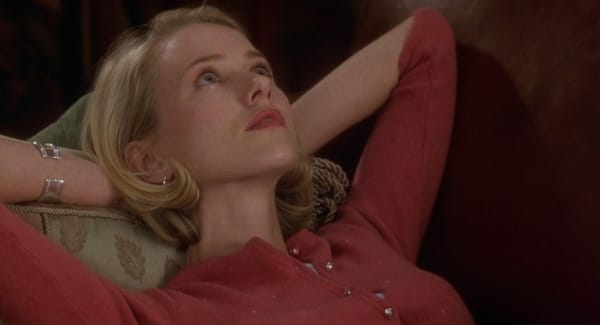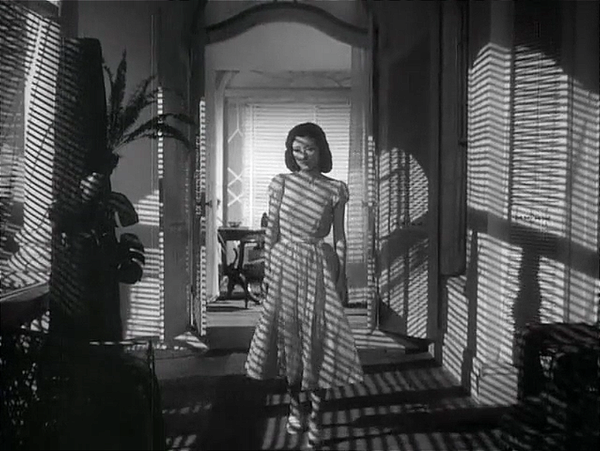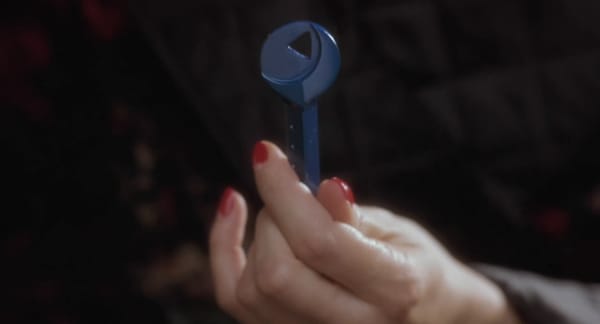"Bad Sisters," So-so Ending
When good series aren't able to seal the deal. Plus: John Cazale and pulp fiction art.
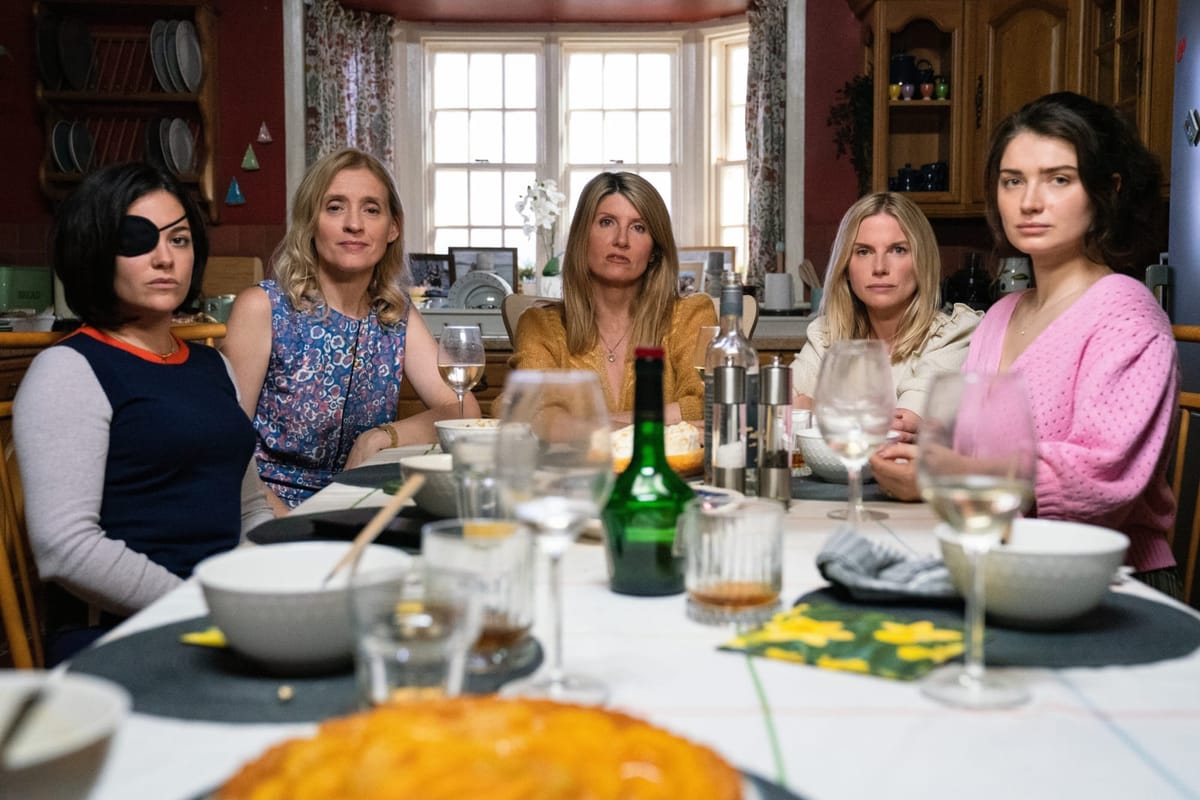
**WARNING: SPOILERS FOR THE SEASON FINALE OF “BAD SISTERS” AHEAD**
My wife and I returned Sunday night from a weeklong sojourn up the Maine coast – scheduled for this past August but postponed when her father went into his final decline – and ended our seven-day media fast by hunkering down for the final episode of “Bad Sisters,” which landed on Apple TV+ a week ago Friday, around the time we had been setting up camp in a brief respite from a torrential downpour. I have loved this series – have loved the sisters Garvey and have loved despising Claes Bang as John Paul, the odious husband just begging to be dispatched – but we both agreed that the last installment didn’t quite stick the landing. I had actually predicted a few weeks back the identity of the character who finally gets John Paul to meet his maker, but her transformation from adoring doormat to avenging executioner (while welcome and overdue) happened much too quickly to buy without a grain (or five) of salt. And the revelation of a past ordeal visited upon Eva Garvey (actress and series co-creator Sharon Horgan) seemed wheeled in from the wings of a barnstorming stage melodrama, a trauma ex machina designed to lower the boom on the already boomed Bang. My wife was also annoyed to have the relationship between Becka Garvey (Eve Hewson) and insurance adjuster Matt (Daryl McCormack) left unresolved, if only because it deprived her of more scenes with the hottest man on television.
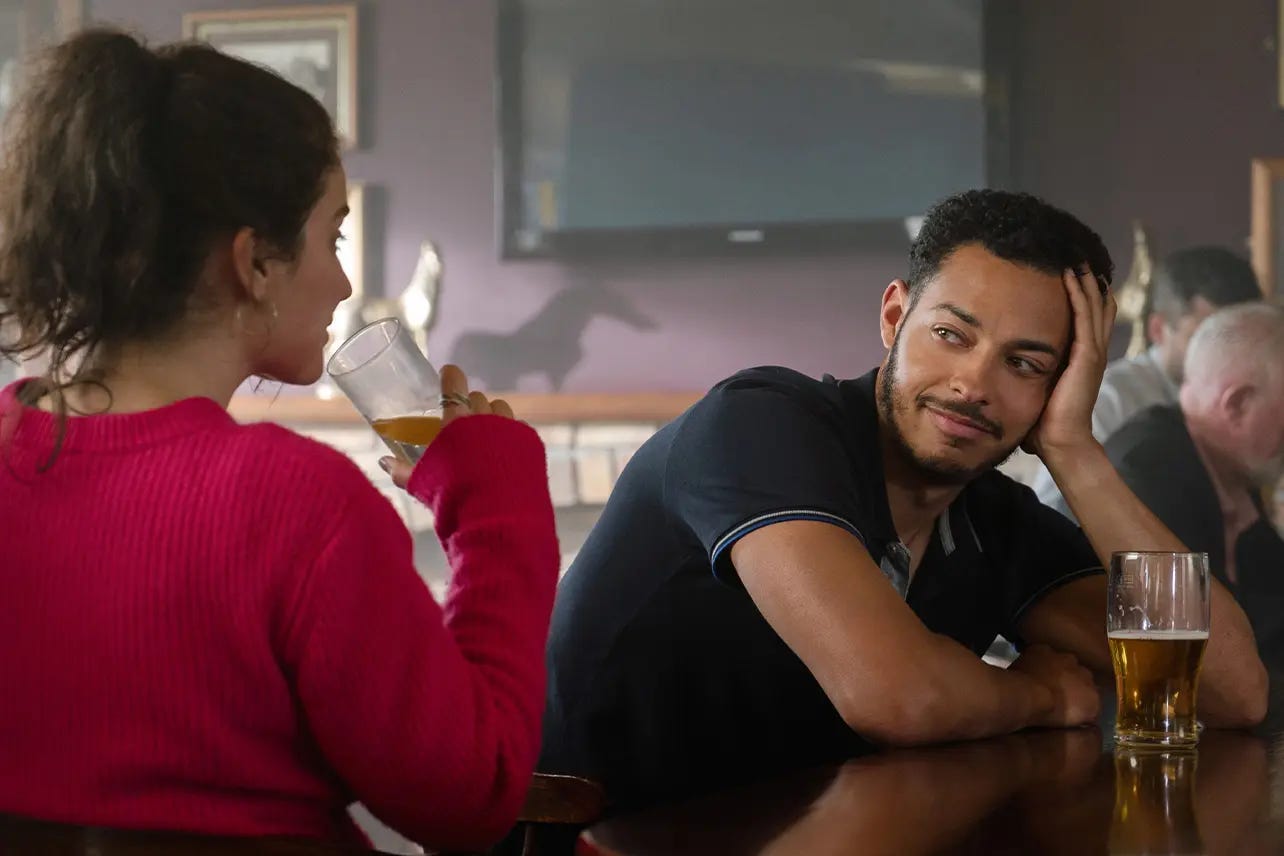
Not a disaster – far from it – but a disappointment, and it put me in mind of other popular shows that have ended with a comparative whimper or a gnomic combustion. “Seinfeld” famously and cynically left its quartet of characters marooned in jail, and “The Sopranos” enraged fans by cutting to black before we learned whether Tony (James Gandolfini) was going to get veal parmigiana or whacked, but, love ’em or hate ’em, both those endings were features, not bugs. “Game of Thrones” threw its entire last season in the dumpster – an appropriately maximalist approach for a show dedicated to overkill. And few series have had the nerve or the death wish to end as 1980s medical drama “St. Elsewhere” did, by revealing that the entire show took place inside a snow globe, imagined by an autistic child.
Have you ever experienced a particularly painful wrap-up to a particularly well-liked TV series? Let’s hear it: Sharing is healing.
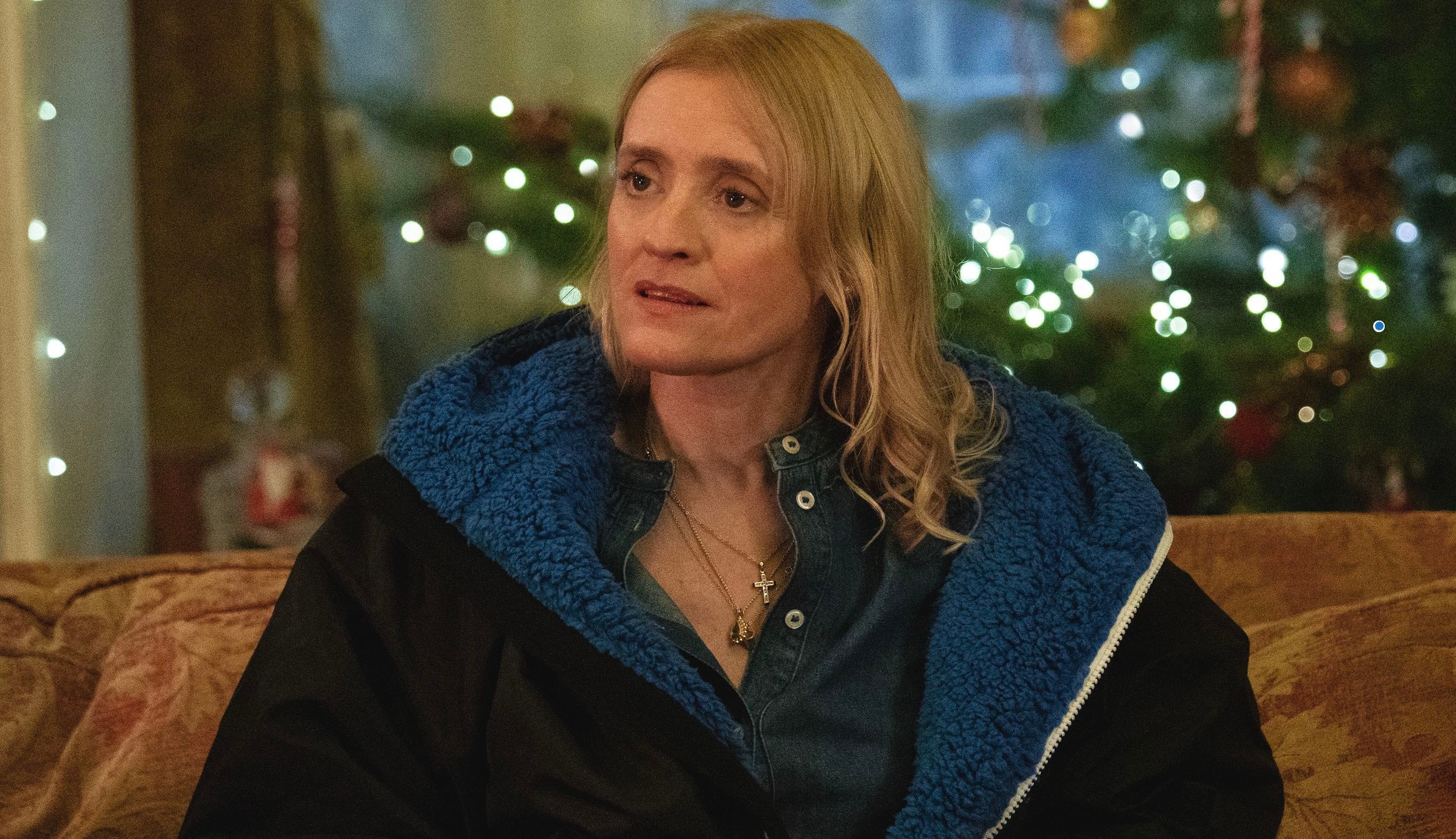
I will say that one of the (many) salutary aspects of “Bad Sisters” has been to bring more stateside attention to Anne-Marie Duff (above), the fine, saucer-eyed British actress who plays the put-upon Grace Garvey. I first encountered Duff in the scalding Irish drama “The Magdalene Sisters” (⭐ ⭐ ⭐ ⭐, 2002, for rent on Amazon, Apple TV, and YouTube) and she thoroughly won me over with her performance as John Lennon’s adoring but emotionally unstable mother Julia in “Nowhere Boy” (⭐ ⭐ ½, 2009, for rent just about everywhere). Working mostly in British TV in recent years, Duff is a find wherever she appears, wearing her characters’ nerves and feelings uncommonly close to her skin.
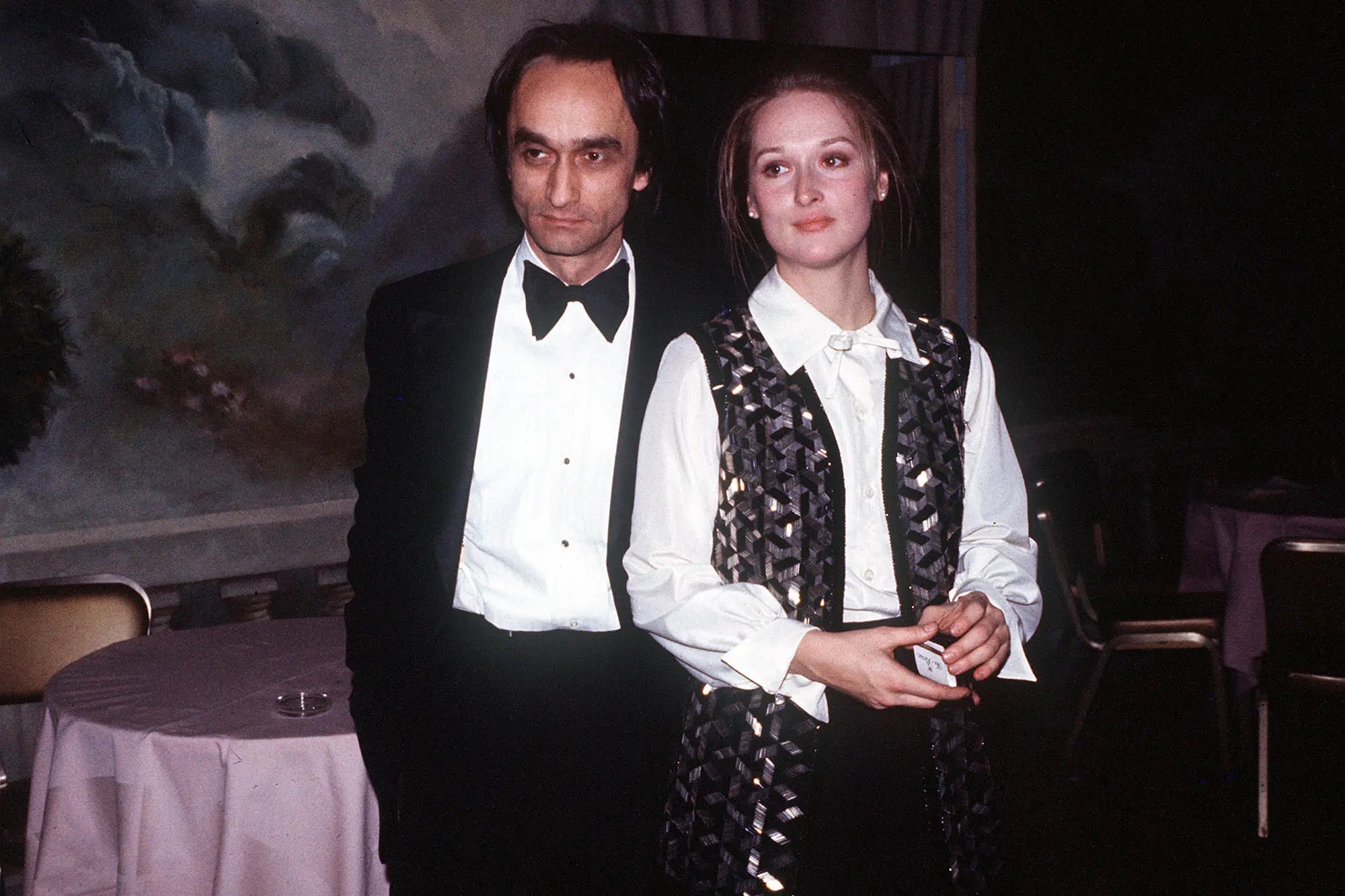
A tweet making the rounds this morning struck a plangent chord with anyone who has a soft spot for the late actor John Cazale:
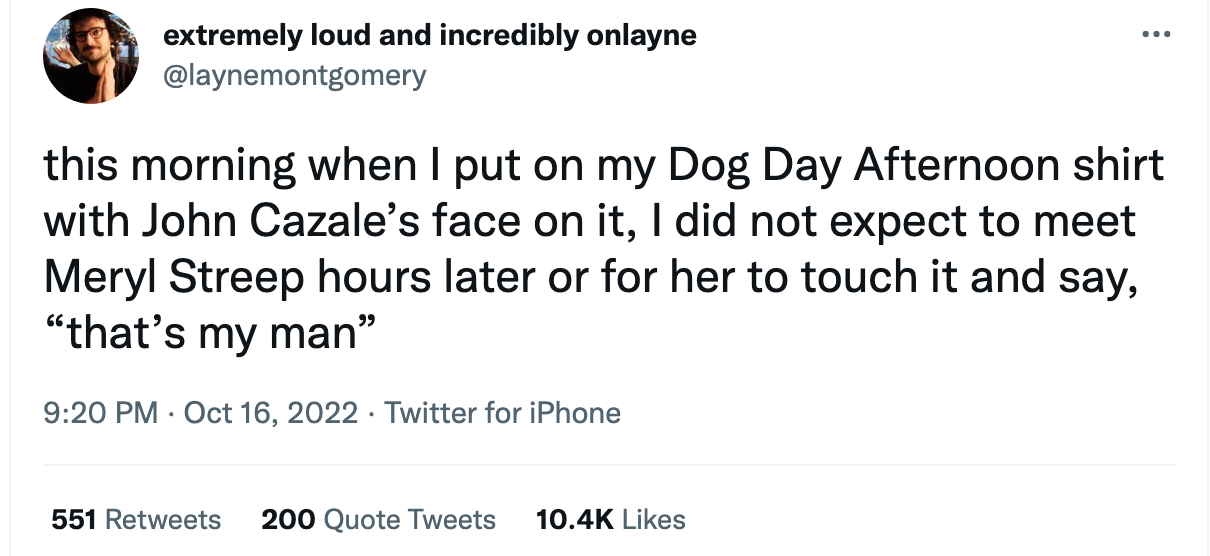
Cazale, of course, appeared in only five movies before his 1978 death from lung cancer at the age of 42, but all five were nominated for Best Picture: “The Godfather” (1972), “The Conversation” (1974), “The Godfather Part II” (1974), “Dog Day Afternoon” (1975), and “The Deer Hunter” (1978), the last made while he knew he was dying. Streep, his partner at the time, cared for him in his illness and was with him at his death; she’s one of the many stellar interviewees in the wonderful 40-minute film “I Knew It Was You: Rediscovering John Cazale”), which can be found, for now (shhh), on YouTube and which is well worth a watch.
Pulp-fiction alert: While nosing through a used-book shop the other day (Stone Soup Books in Camden, ME), I came across a spectacular selection of cheap crime paperbacks from the 1950s and 1960s, all with lurid titles and dazzlingly sleazy artwork. I submit four of them for your delectation here:
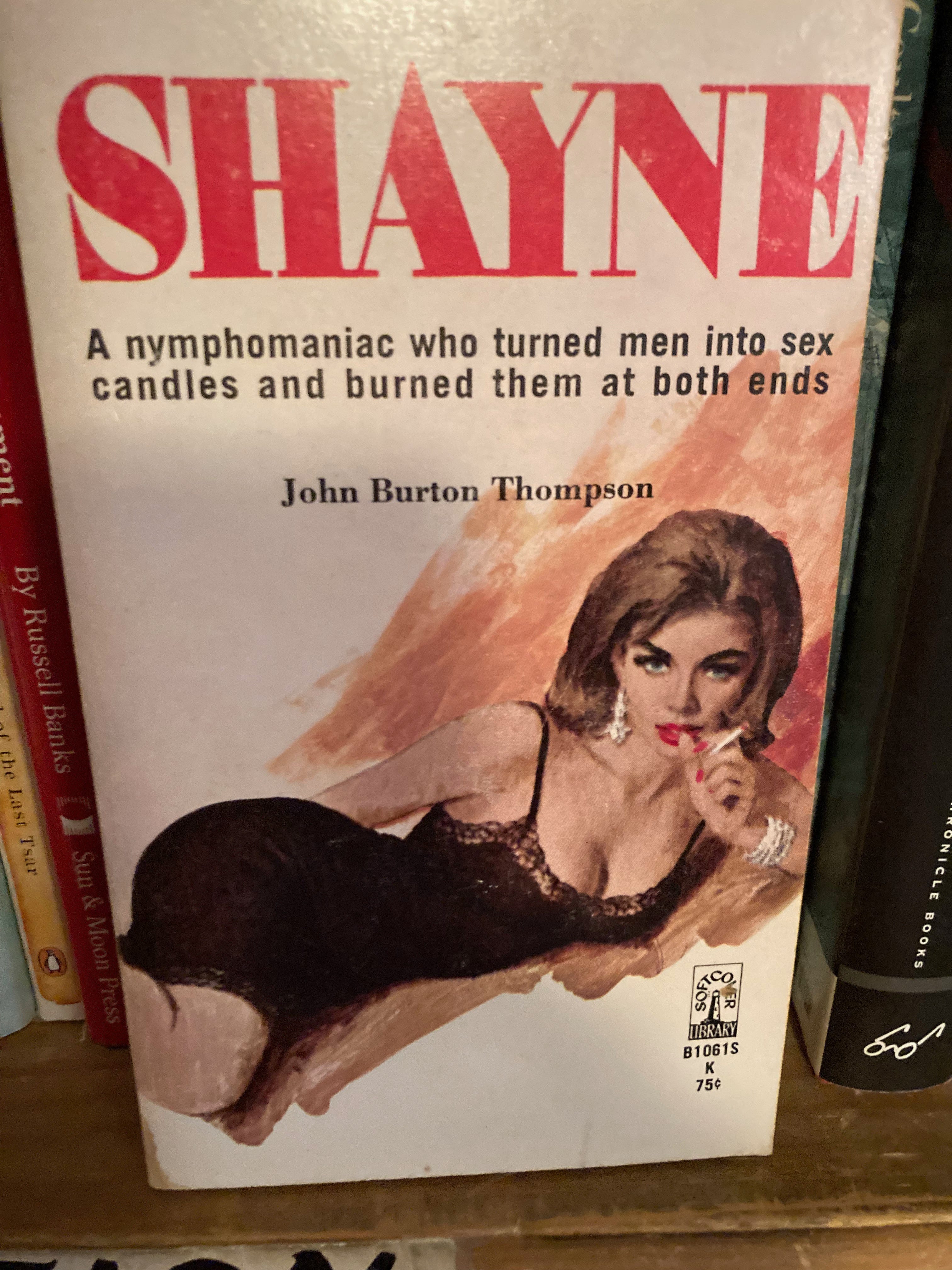
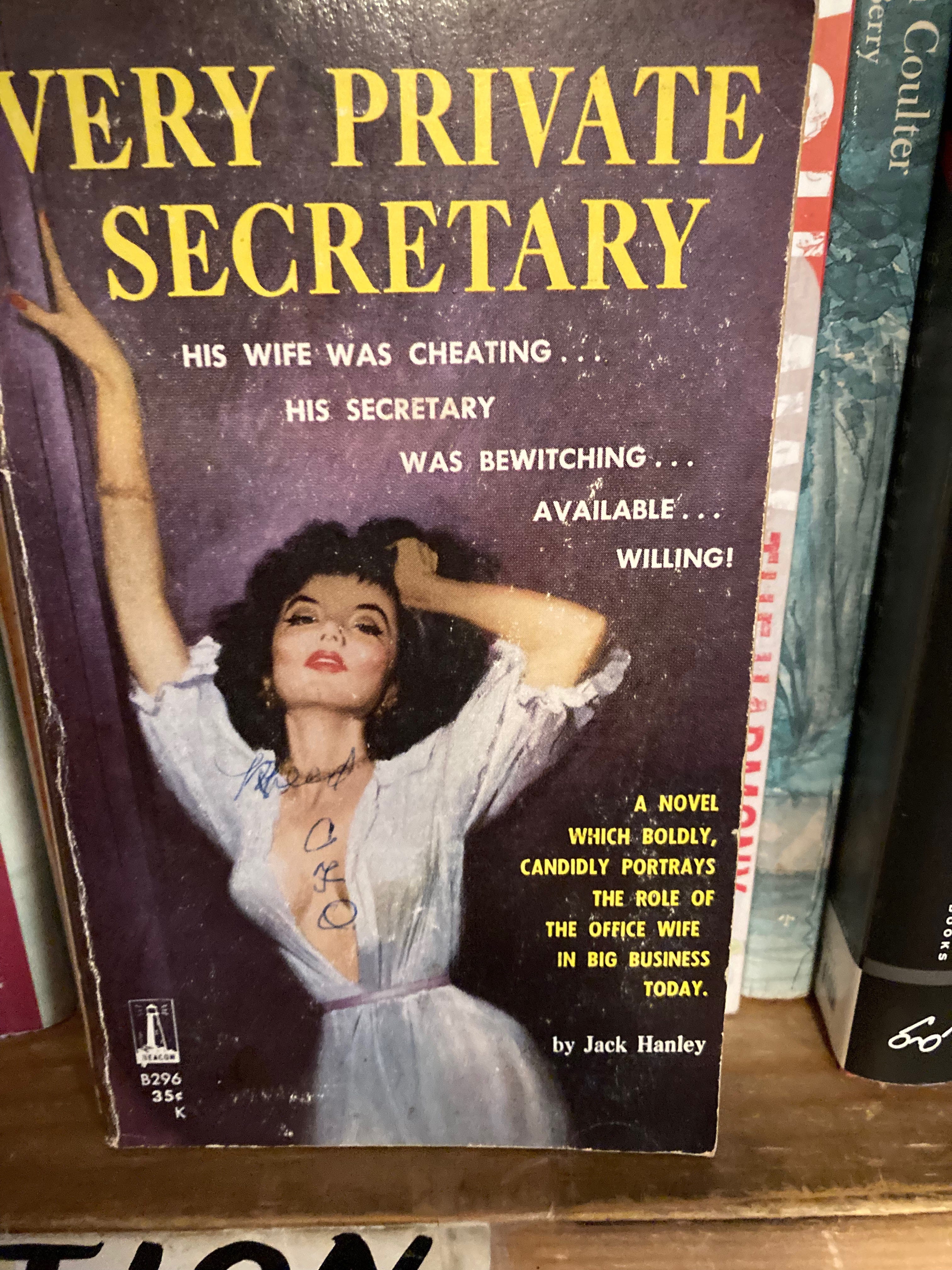
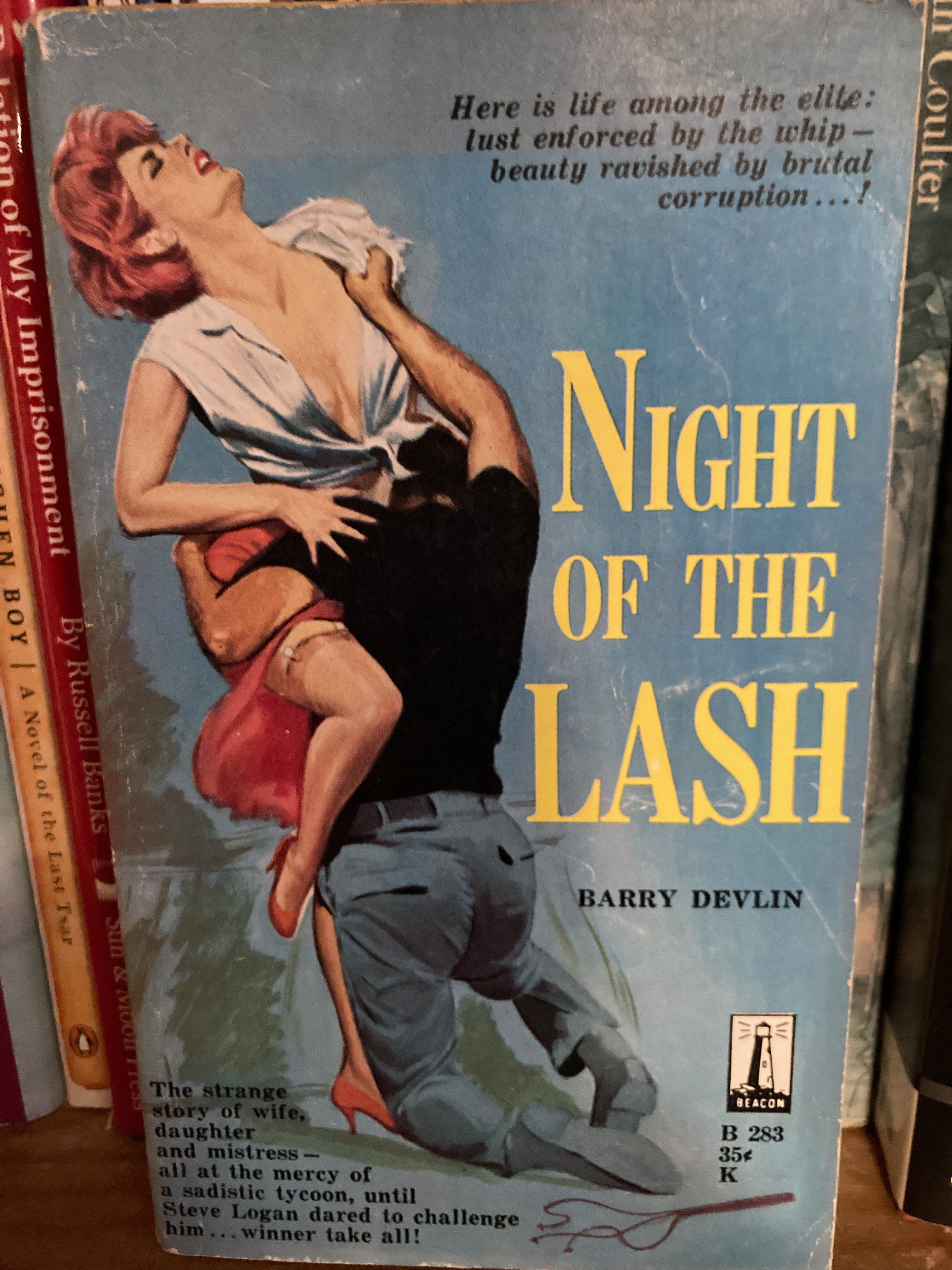
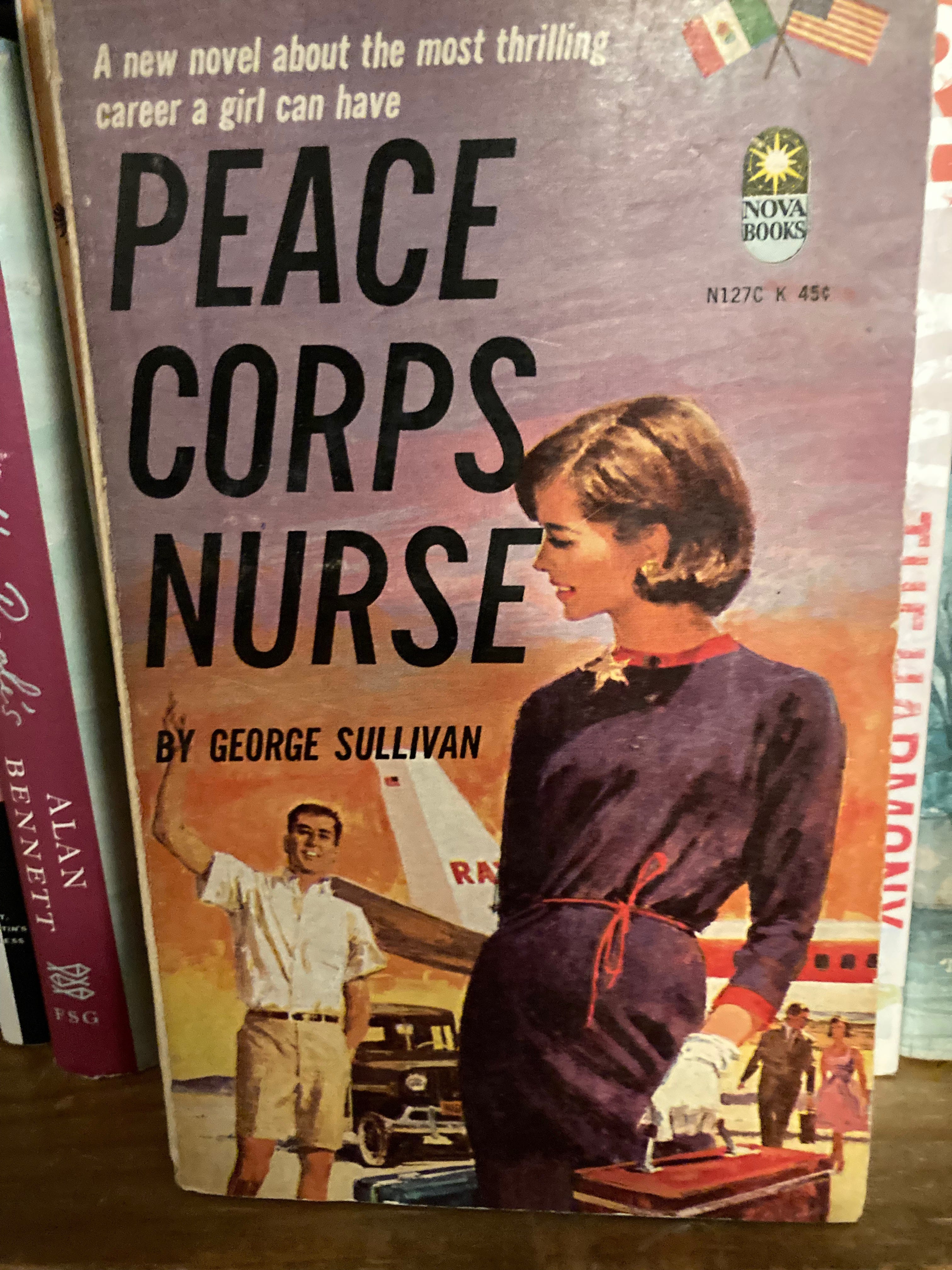
The cover art is by, in order, Robert McGinnis — perhaps the most celebrated of pulp-fiction illustrators — Mel Crair, Harry Barton, and unknown. Follow the links for more gorgeous depravity, and if you ever figure out what a human sex candle is, do let me know.
If you enjoyed this edition of Ty Burr’s Watch List, please feel free to share it with friends.
If you’re not a paying subscriber and would like to sign up for additional postings and to join the discussions, here’s how:


